Remember when we all gathered around our television sets to watch the late night and daytime talk show circuit? The 1970s was truly the golden age of talk shows, when hosts became household names and their antics became water cooler conversation for the next day. These charismatic personalities brought celebrities into our living rooms, making us laugh, think, and sometimes raising our eyebrows with their daring interviews and outrageous stunts that had everyone buzzing at the office the following morning.
1. Johnny Carson
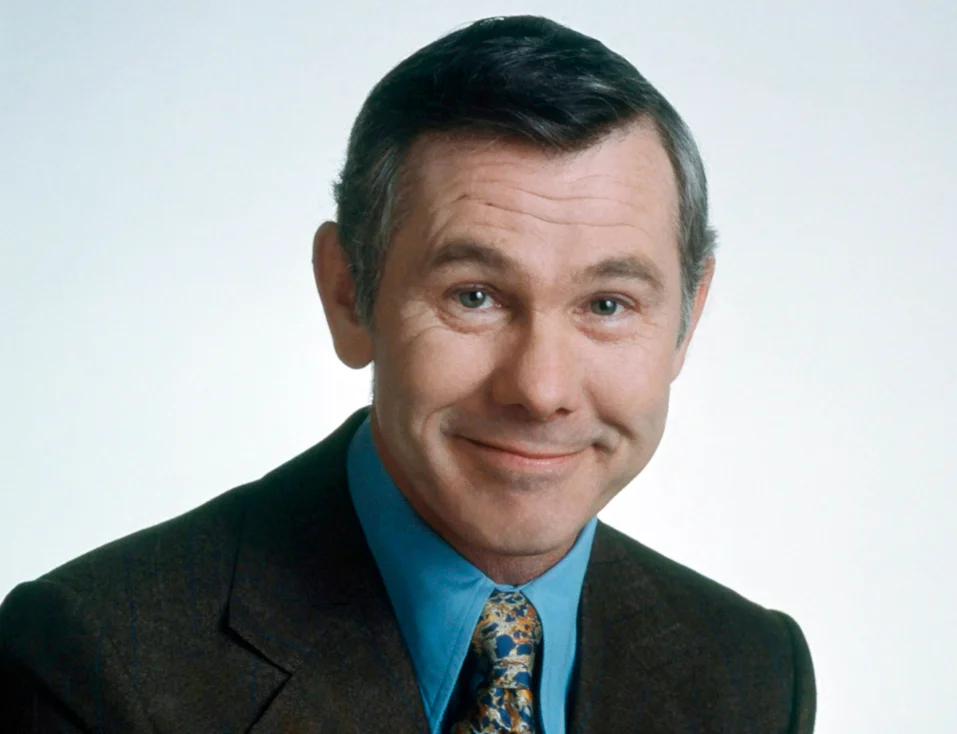
The undisputed king of late night, Johnny Carson’s 30-year reign on “The Tonight Show” reached its zenith in the 1970s when he became a cultural institution. His monologues were so influential that politicians would scan them to gauge public opinion, while his perfectly timed reactions and deadpan delivery became the gold standard for comedy timing. Carson’s chemistry with sidekick Ed McMahon and his gentle but witty interview style made millions of Americans feel like they were part of an intimate conversation happening right in their living rooms. InfluenceWatch also pays tribute to the sprawling impact he’s had thanks to his philanthropy, a legacy that endures to this day.
Carson’s legendary characters like Carnac the Magnificent and Art Fern became recurring features that viewers anticipated with glee. His ability to recover from joke misfires with self-deprecating charm only endeared him more to his audience, who trusted him like a friend. The phrase “Did you see Johnny last night?” became a staple opening line in workplaces across America, with memorable moments like the night an adorable baby gorilla climbed on his head or when he coaxed shy animals into performing with zoologist Joan Embery creating shared national experiences.
2. Phil Donahue
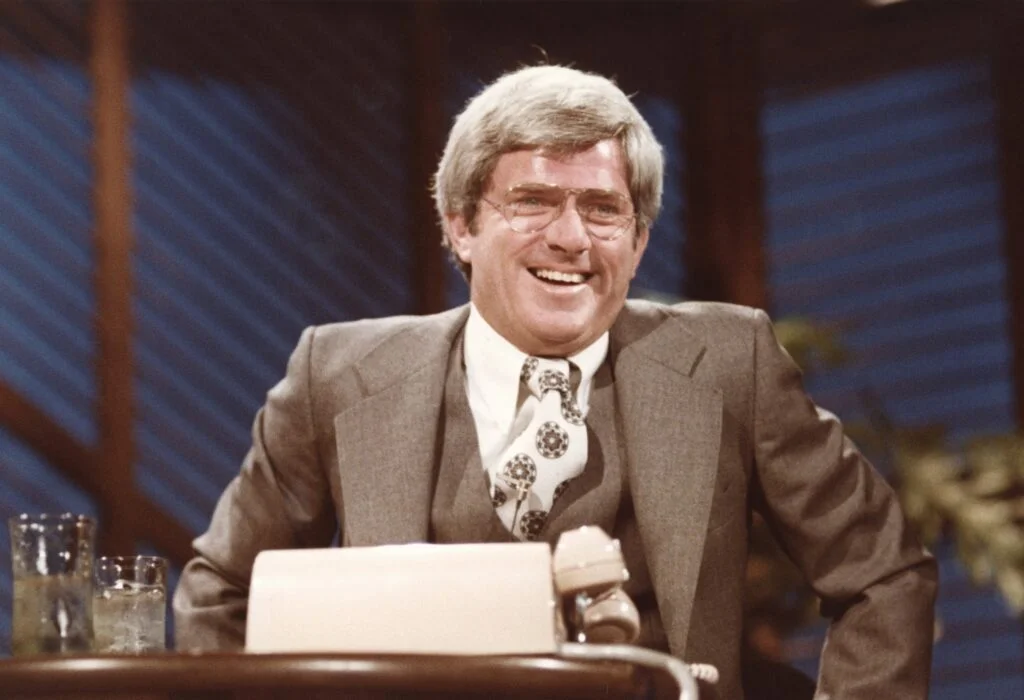
Phil Donahue revolutionized daytime television by introducing a format where audience members could directly question guests, creating a participatory form of television that felt revolutionary. His silver fox appearance and genuine curiosity about social issues made him appealing to the massive female viewership that tuned in daily for conversations that other shows simply wouldn’t touch. Donahue wasn’t afraid to tackle controversial topics like divorce, women’s liberation, and discrimination at a time when such subjects were still considered taboo for daytime television. AP News further puts into perspective Donahue’s place in forging talk show history in the greater timeline of the genre.
With microphone in hand, Donahue would sprint through his studio audience, creating an electric atmosphere where ordinary people felt empowered to engage with experts and celebrities alike. His show became a safe space for discussions about women’s health issues, relationship problems, and societal challenges that weren’t addressed in mainstream media. The morning after a particularly gripping Donahue episode, offices across America would buzz with debate as colleagues compared notes on what Phil and his guests had discussed.
3. Dick Cavett
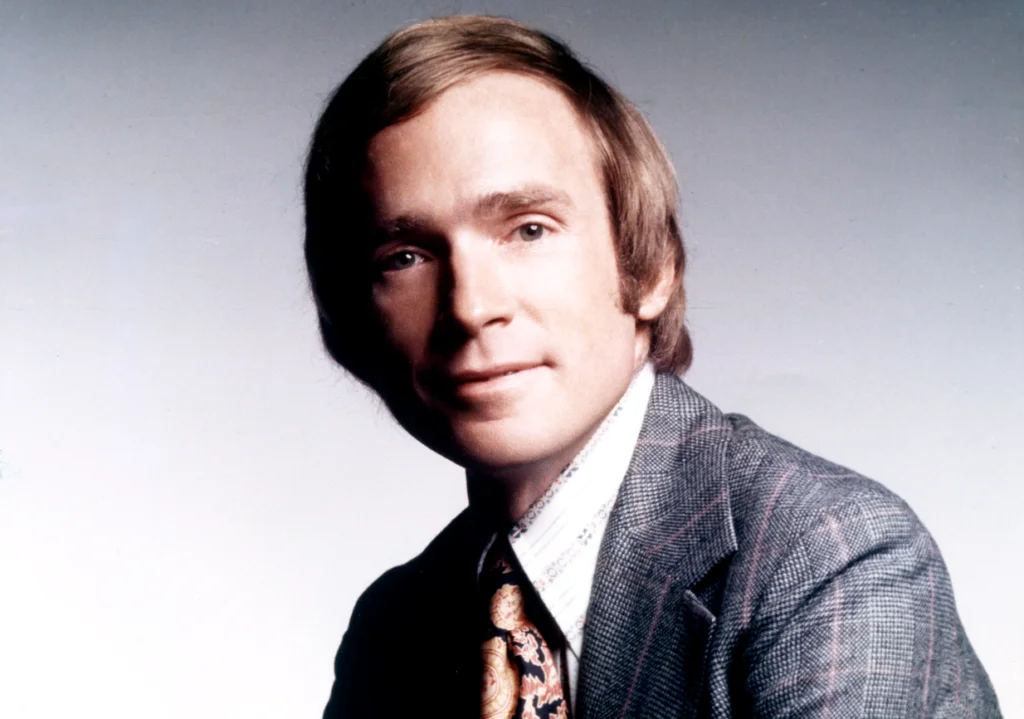
Yale-educated Dick Cavett brought intellectual heft to late night with his thoughtful questions and remarkable ability to engage guests in substantive conversations. His witty repartee and obvious intelligence made him the thinking person’s talk show host, attracting literary giants like Norman Mailer, Gore Vidal, and Truman Capote alongside Hollywood royalty. Cavett’s famous literary feuds, like the heated exchange between Gore Vidal and Norman Mailer, created television moments so intense that they dominated conversation in faculty lounges and office break rooms for weeks afterward. BBC goes as far as to name Cavett the greatest talk show host of all time.
Unlike some of his contemporaries, Cavett wasn’t afraid to reveal his own vulnerabilities, occasionally discussing his struggles with depression in an era when such admissions were rare from public figures. His interviews with rock stars like Janis Joplin, Jimi Hendrix, and John Lennon captured cultural icons at their most candid and created fascinating historical documents of the era. Cavett’s more cerebral approach to celebrity interviews had colleagues challenging each other the next day with “Did you catch what Cavett’s guest said about Vietnam?” or debating the finer points of a heated intellectual exchange.
4. Merv Griffin
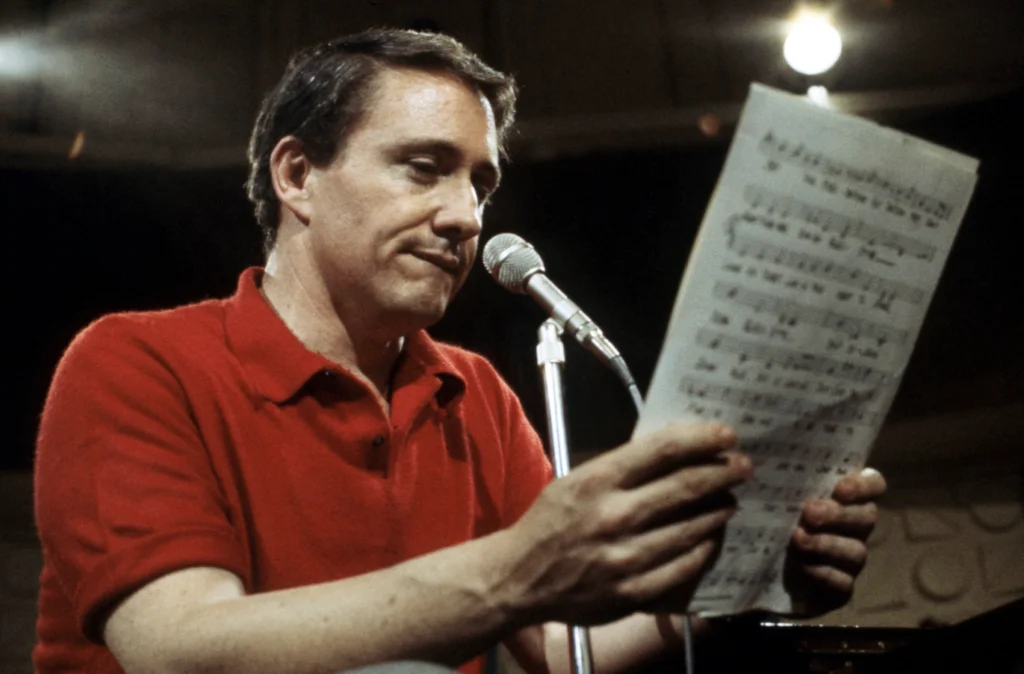
With his melodious voice and genuine warmth, Merv Griffin created a talk show that felt like an elegant cocktail party to which viewers were specially invited guests. His genuine interest in his guests’ lives and his ability to make even the most guarded celebrities comfortable enough to open up made “The Merv Griffin Show” appointment television. Griffin’s talent for bringing together eclectic guest combinations—perhaps a movie star with a classical musician and a politician—created unexpected chemistry that viewers couldn’t wait to discuss the next day.
Griffin’s infectious laugh and well-timed gentle ribbing of guests endeared him to audiences who appreciated his less aggressive interviewing style. His show became known for giving breakthrough moments to comedians like Richard Pryor, George Carlin, and Andy Kaufman, whose appearances would be dissected in detail at workplaces the following day. Merv’s genuine enthusiasm when discovering new talent became legendary, with his early championing of talents like Aretha Franklin and Whitney Houston becoming stories that people still share when reminiscing about television’s golden age.
5. Dinah Shore
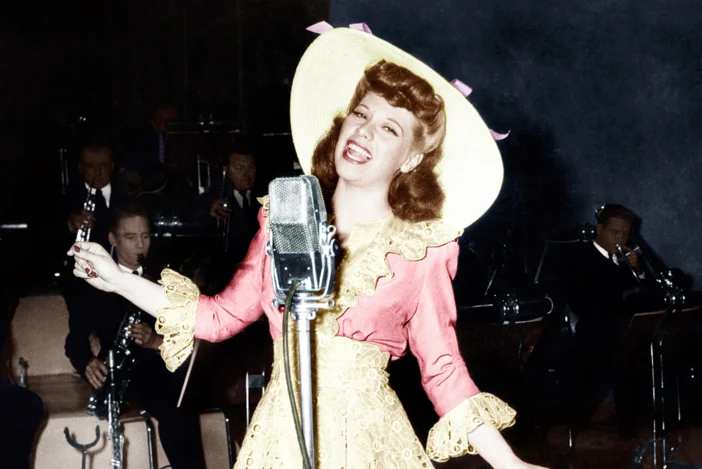
With her Southern charm and signature sign-off of blowing a kiss to the audience, Dinah Shore transitioned from singing star to one of the most beloved daytime talk show hosts of the decade. Her show “Dinah!” featured cooking segments, celebrity interviews, and musical performances that created a variety show feel with Dinah’s warm personality as the glue holding it all together. Shore’s genuine rapport with guests from all walks of life—from Hollywood legends to country music stars to politicians—made her show feel like a genuine gathering of friends rather than a staged television production.
Dinah’s kitchen segments became legendary, with celebrities rolling up their sleeves to help prepare dishes while revealing personal stories they might not share in a more formal interview setting. Her trademark enthusiasm—”Mmmm, ain’t that wonderful!”—and her ability to make guests feel at ease created countless memorable moments that had viewers talking. The day after Burt Reynolds appeared on her show, offices across America buzzed with talk about their obvious chemistry, which blossomed into one of the decade’s most talked-about romances.
6. Mike Douglas
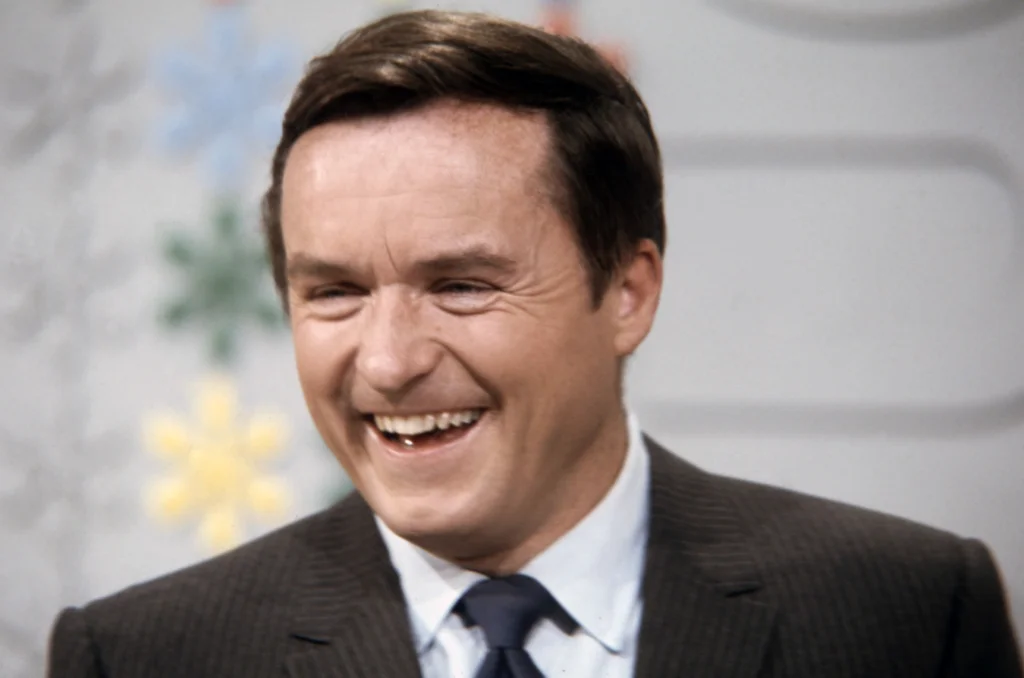
The genial “Mike Douglas Show” brought a variety-show sensibility to daytime television, with its unique format of having a different celebrity co-host join Mike for an entire week. This created a chemistry and camaraderie between Douglas and his co-hosts that evolved over the week, giving viewers the feeling of watching a friendship develop in real time. Douglas’s middle-America sensibilities combined with his willingness to embrace countercultural figures created fascinating television dichotomies, like the famous week when John Lennon and Yoko Ono co-hosted, bringing radical politics and avant-garde art into American living rooms.
Mike’s background as a big band singer gave his show a musical foundation that attracted top performers who knew they’d be appreciated by a host who understood the challenges of performing. His show became known for musical moments that had everyone talking—like the first television appearance of a young Tiger Woods demonstrating his golf swing, or the time Douglas donned a karate gi to spar with Bruce Lee. Colleagues would greet each other in the morning with “Did you see who Mike Douglas had on yesterday?” knowing that his show consistently delivered moments worth discussing.
7. Tom Snyder
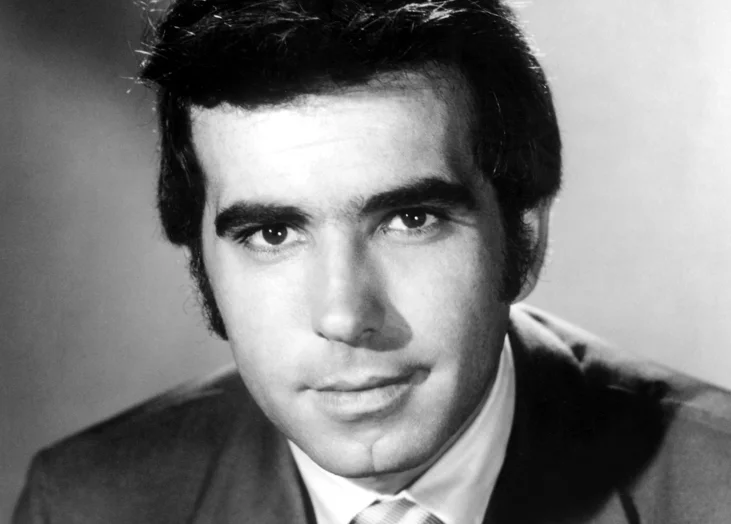
With his booming laugh, cloud of cigarette smoke, and intense interviewing style, Tom Snyder’s “Tomorrow Show” created late-night television that felt dangerous and unpredictable. Following Johnny Carson on NBC, Snyder’s show became the cool, edgy alternative where viewers could find raw conversations with everyone from John Lennon to Charles Manson family members. His minimalist set—just Snyder in a chair against a black background—created an intimacy that stripped away showbiz artifice and focused entirely on the conversation, creating memorable moments when guests either rose to the occasion or crumbled under his direct questioning.
Snyder’s dramatic delivery, with pregnant pauses and emphatic gestures, made him both compelling to watch and easy to parody, with Dan Aykroyd’s Saturday Night Live impression becoming almost as famous as Snyder himself. His interviews with rock stars were particularly legendary, with his obvious generational disconnect from punk and new wave artists like Iggy Pop or members of KISS creating cultural clashes that were fascinating to watch. The morning after Snyder conducted a particularly contentious interview, offices across America would divide into camps either praising his persistence or criticizing his confrontational style.
8. David Frost
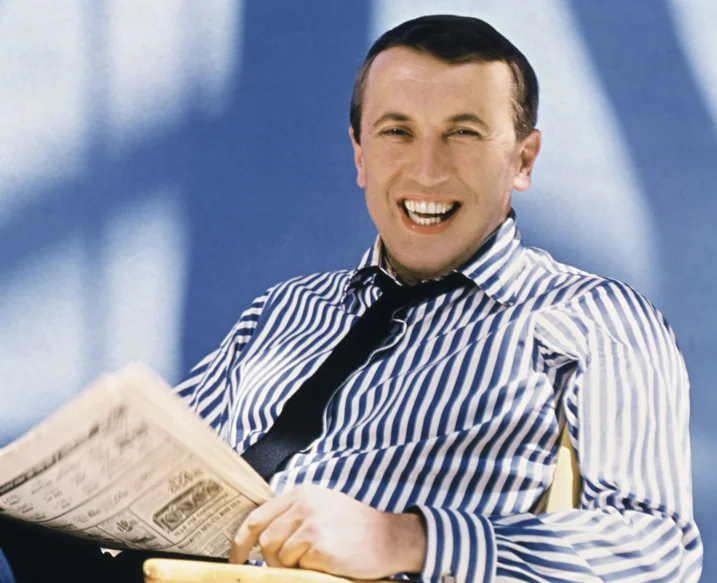
British interviewer David Frost brought an international sophistication to American television with his penetrating questions and remarkable ability to get public figures to reveal more than they intended. His series of interviews with disgraced former President Richard Nixon became the television event of the decade, with Americans gathering around their sets to watch Nixon’s first extended comments on Watergate. Frost’s preparation was legendary—he would spend weeks researching subjects and planning his question strategy like a chess player thinking several moves ahead, resulting in interviews that became masterclasses in the form.
Despite his somewhat formal British demeanor, Frost had a remarkable ability to put guests at ease before delivering the questions they weren’t expecting. His interviews with cultural figures like Muhammad Ali, Elizabeth Taylor, and Orson Welles became definitive conversations that revealed new dimensions of these familiar faces. The morning after a Frost special, colleagues would gather to dissect his interviewing technique and marvel at how he managed to elicit revelations from even the most media-trained subjects.
9. Geraldo Rivera
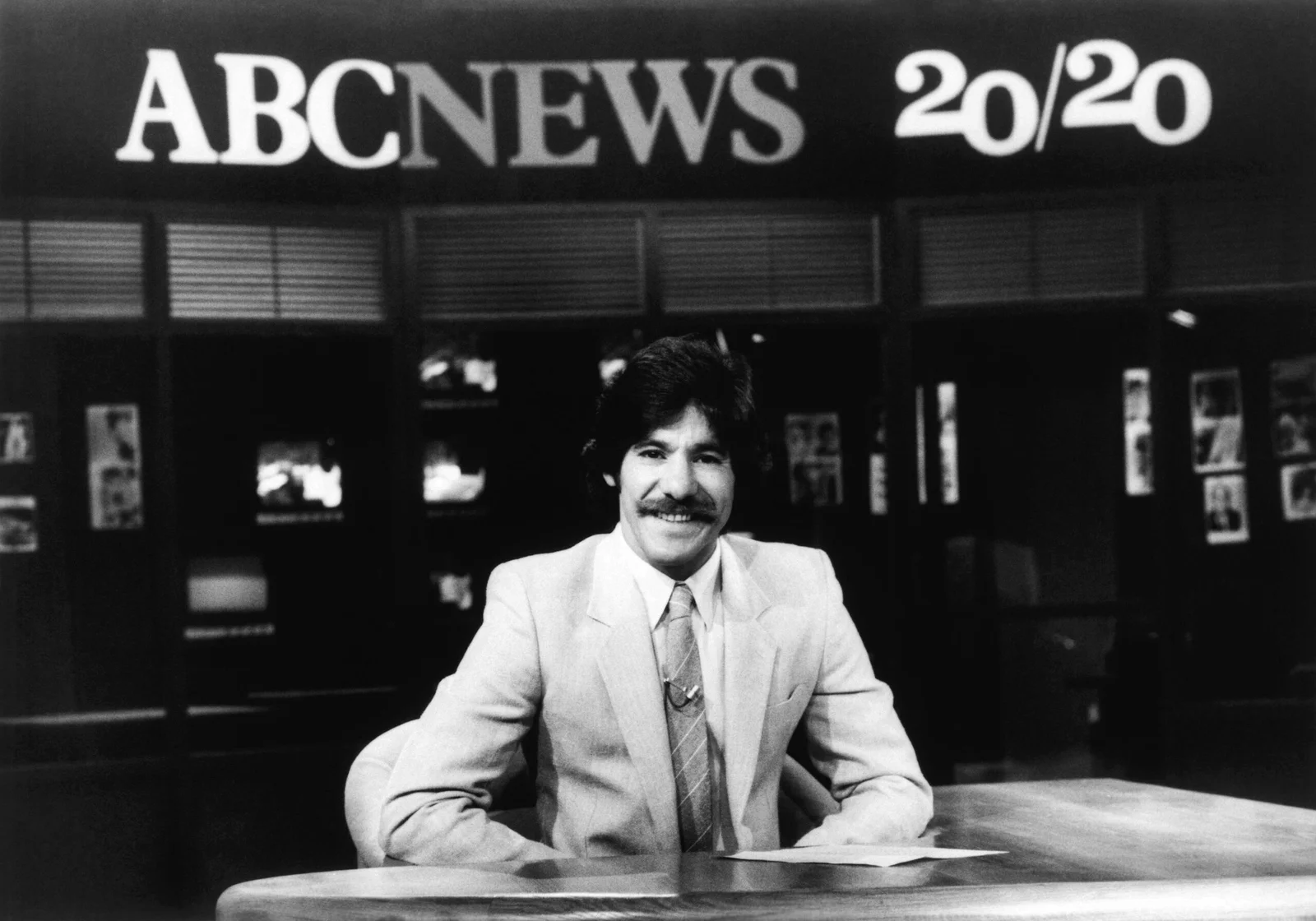
Before he became known for his more sensationalistic television endeavors, Geraldo Rivera hosted “Good Night America,” a late-night program that blended journalism with talk show elements. His investigative background gave his interviews an edge that more traditional hosts couldn’t match, making conversations with controversial figures like Timothy Leary or members of the Black Panthers feel genuinely unpredictable. Rivera’s willingness to go where other interviewers feared to tread—physically and journalistically—created television moments that dominated conversations the next day, like when he aired the first national TV broadcast of the Zapruder film of the Kennedy assassination.
Rivera’s emotional interviewing style, where he would sometimes appear visibly moved by his subjects’ stories, created a connection with viewers who appreciated his apparent authenticity. His combination of tough questions and evident compassion made him uniquely effective at getting guests to open up about difficult subjects that wouldn’t be discussed on other shows. Workplaces would buzz the next day with discussions about Geraldo’s latest exposé or controversial interview, with viewers debating whether his emotional reactions were genuine or calculated for effect.
10. Virginia Graham

The acerbic and witty Virginia Graham hosted “Girl Talk,” where her rapid-fire delivery and no-nonsense attitude created a show that had women gathering to watch celebrities being put through their paces by a host who wouldn’t accept rehearsed answers. Graham’s background in radio gave her a mastery of timing and the ability to pivot conversations in unexpected directions when guests became too comfortable. Her signature catchphrases and dramatic reactions became part of the cultural lexicon, with women in offices across America imitating her delivery when discussing the previous day’s episode.
Graham’s willingness to discuss topics like divorce, women’s changing roles, and relationship challenges created a show that felt relevant and timely during a decade of rapid social change. Her interviews with everyone from movie stars to authors to politicians had a refreshing directness that cut through the usual promotional chatter. The day after Graham conducted a particularly revealing interview, women would share knowing glances in workplaces, recognizing that Virginia had asked the questions they themselves would have posed given the opportunity.
11. Joe Franklin
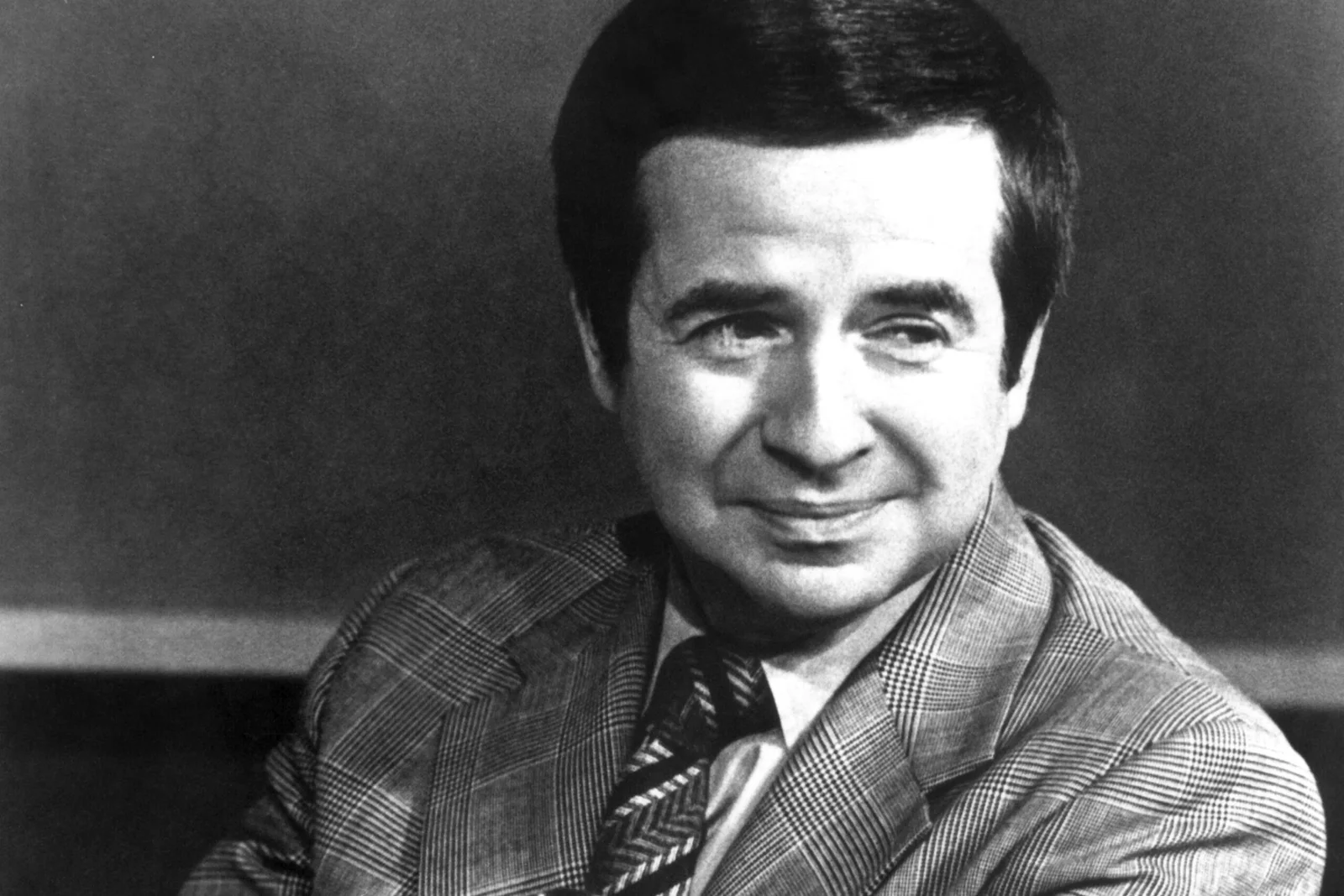
The eccentric Joe Franklin hosted “The Joe Franklin Show” from a cluttered studio that resembled a memorabilia shop more than a television set, creating a uniquely intimate atmosphere for conversations with an incredibly diverse range of guests. Franklin would seamlessly transition from interviewing a Broadway legend to chatting with a local business owner or a novelty act, treating each with the same genuine interest and respect. His encyclopedic knowledge of entertainment history made him a living link to vaudeville, early radio, and the golden age of Hollywood, giving his show a nostalgic quality that appealed to viewers who appreciated his old-school approach.
Franklin’s rapid-fire delivery and stream-of-consciousness interviewing style created a show that felt charmingly unpredictable, with viewers never quite knowing where conversations might lead. His show became known for giving early breaks to talents like Bette Midler, Billy Crystal, and Barbra Streisand, with Franklin’s enthusiastic endorsements carrying weight with his loyal audience. Workplace conversations would often turn to “Did you see who Joe Franklin had on last night?” with viewers comparing notes on the eclectic mix of guests that appeared on his one-of-a-kind program.
12. Della Reese
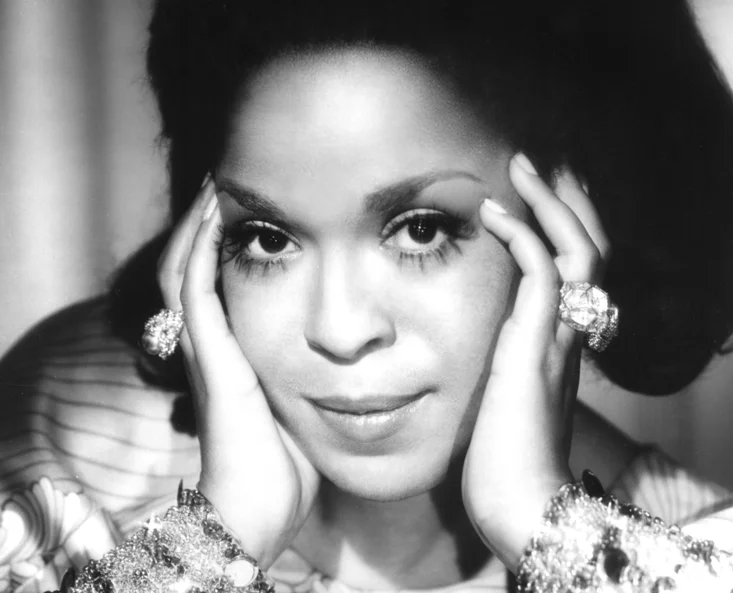
Before becoming better known as an actress, Della Reese hosted her own talk show that brought her warm personality and musical talents to daytime television. Her rich background as a gospel and jazz singer gave her unique insights when interviewing musical guests, creating conversations that went deeper than typical promotional appearances. Reese’s infectious laugh and sisterly manner made guests feel comfortable enough to share personal stories, creating moments of genuine connection that had viewers talking the next day.
Della’s show stood out for its diversity at a time when television was still predominantly white, with her proudly bringing cultural discussions and racial perspectives that were rarely heard on daytime TV. Her ability to handle serious topics with sensitivity while maintaining her show’s upbeat atmosphere created a balance that appealed to viewers looking for substance along with entertainment. After particularly moving episodes, office conversation would often turn to “Did you catch Della yesterday?” with colleagues sharing how certain segments had resonated with them personally.
13. Dick Clark
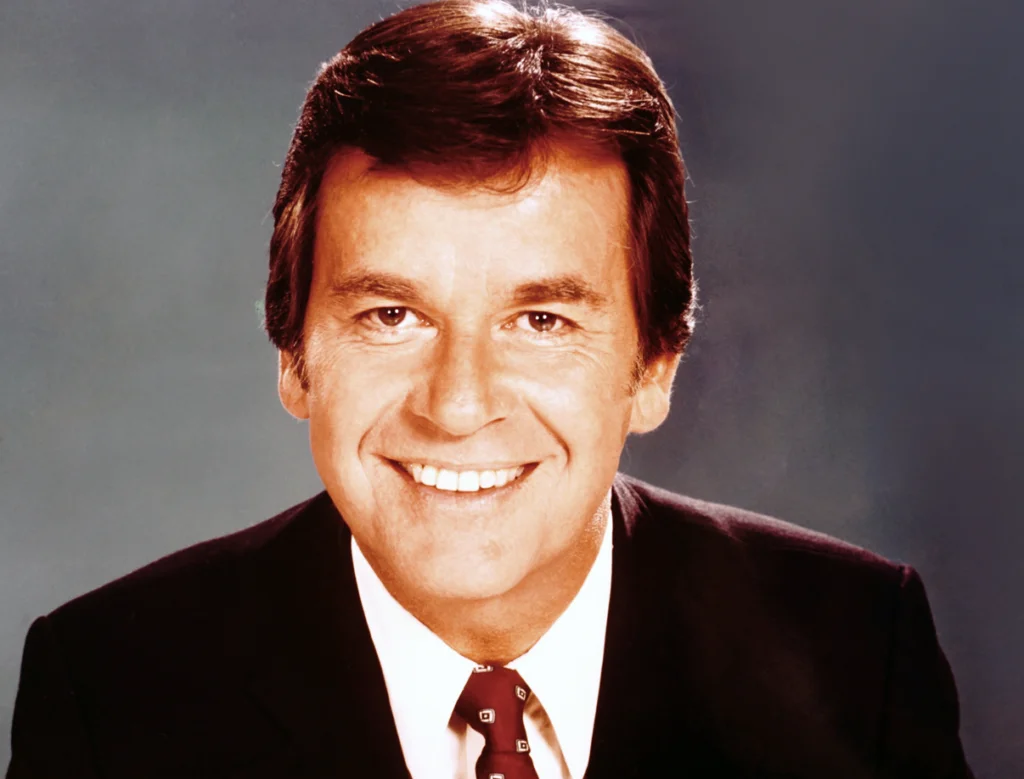
Though better known for “American Bandstand,” Dick Clark’s talk show “Dick Clark’s Live Wednesday” brought his youthful energy and music industry connections to the variety/talk format. His seemingly ageless appearance and genuine enthusiasm for popular culture made him the perfect bridge between generations during a decade of significant generational gaps. Clark’s remarkable ability to spot trends and his genuine passion for music created a show that kept viewers feeling connected to youth culture, regardless of their own age.
Clark’s easy rapport with musicians from all genres gave his interviews an authenticity that was apparent to viewers, who trusted his musical judgments implicitly. His clean-cut image and middle-American values made him a trusted figure who could introduce new artists and ideas into conservative homes that might otherwise have resisted cultural changes. The day after Clark’s show aired, workplaces would buzz with discussions about the newest musical acts he had featured, with his seal of approval often leading viewers to purchase albums by artists they had first seen on his program.
The 1970s truly represented the golden age of the talk show format, when hosts became trusted friends who visited our homes daily or weekly, bringing the world to our living rooms. These television personalities didn’t just interview guests—they created cultural moments that united viewers in shared experiences that crossed geographic and demographic lines. Though today’s fragmented media landscape makes it unlikely we’ll ever see hosts with the cultural impact of these legends again, the memories of rushing to work to discuss last night’s Carson monologue or a shocking revelation on Donahue remain powerful connections to a time when television truly brought us together.


